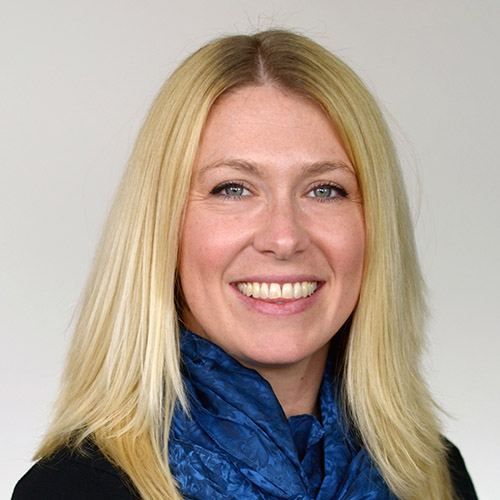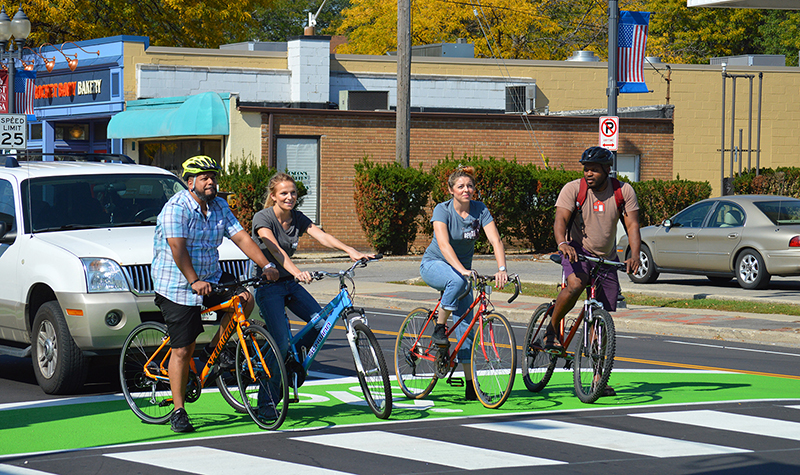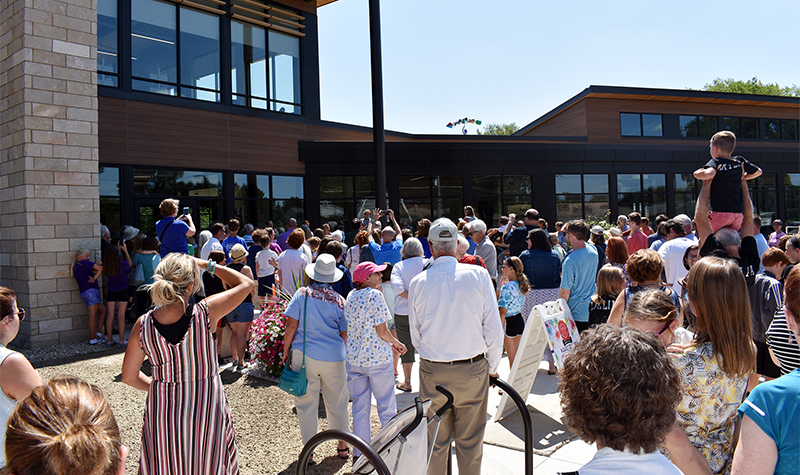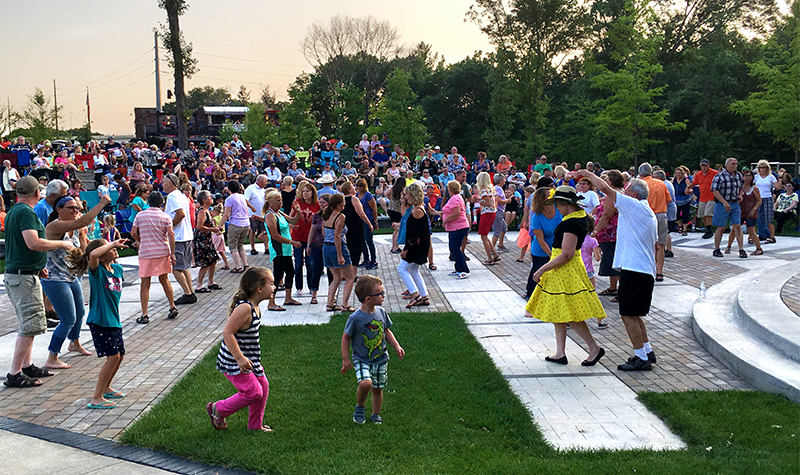Reimagining Resilience
Resilience is the capacity of a system, like a community, to absorb disturbance while preserving its basic function and structure. As our communities become more and more complex, so are the hurdles they face. While efforts to foster community resilience often focus on the ability to recover from adversity, hardy resilience demands more. We must adapt to shifting conditions, prepare for projected hazards, and recover rapidly – all while preserving local character and encouraging growth.

About the Expert:
Keely Campbell, PG, is a registered professional geologist and business development strategist at Ayres. With 300+ innovative problem-solvers nationwide, Ayres stands with integrity behind thousands of projects that strengthen communities and our country’s infrastructure, economy, and environment. Ayres is based in Eau Claire; it has four additional offices in Wisconsin, as well as offices in Florida, Colorado, and Wyoming.
That’s a tall order – one that prompts the following questions. How do communities prepare themselves to deal with challenges and bounce back effectively and efficiently? What strategies set them apart from those who experience marginalized recovery and lingering setbacks?
Findings of a Stanford study published in the Academy of Management Journal suggest that a community’s resilience is directly linked to its capacity for civic cooperation and cohesiveness. In short, when community leaders, planners, and stakeholders collaborate and prioritize the greater good, they set the table for better outcomes. They enable themselves to prepare and implement an agile, multi-faceted approach that can bolster success measured in terms of:
- economic resilience;
- environmental resilience;
- infrastructure resilience;
- data resilience;
- planning & development;
- quality of life, and more.
Resilience collaborators should also be purposefully receptive to innovative solutions, aware of evolving community preferences, and willing to navigate the new landscape with contemporary ideas and resources. The following are examples of solutions to enhance resiliency in a community.
Mapping & Disaster Recovery
A well-planned and customized mapping program can provide data to support safe and effective recovery efforts. Fires, floods, hurricanes, tornados, droughts, and other natural disasters can change the face of the land and how people use it. Planning; budgeting; and executing recovery, mitigation, and rebuilding requires a thorough understanding of the changes that occurred. Proactive mapping may enable you to study how natural processes are acting on features across the landscape, and how sudden changes to the physical world are impacting human movement and interaction.
Complete Streets
The concept of designing safe, accessible streets for all users, or “Complete Streets,” can play a large role in helping your community adapt to residents’ wants and needs, increasing economic activity and property values, and helping to mitigate climate impacts. But to be truly complete and inclusive of all users, street design needs to anticipate the needs of future generations – it needs to consider resilience.

Placemaking
With the recent increase in people seeking opportunities for outdoor recreation, many communities have had to plan for new levels of demand and higher interest in parks, trails, and other public spaces. Comprehensive Outdoor Recreation Plans (CORPs) are a means for thoughtful prioritization of community placemaking and an important tool to be used when you compete for grant funding.
Housing on Main Street
Communities are struggling to provide affordable housing to their residents. Meanwhile, many have buildings in downtown districts where upper floors sit vacant or abandoned. Consider a win-win solution: transforming vacant, underutilized spaces into affordable housing for this and future generations.
Resilience and Brownfield Revitalization
The brownfield revitalization process can support your community’s efforts to become more resilient. Determining if a property is simply an eye-sore or a hidden health risk can be intimidating for owners and developers, but doing so is the critical first step in the process.
Remember, resources and support are available! Seek them out and take the first step in brownfield revitalization, and watch the transformation of potential liabilities into local assets for all stakeholders.
 Are you interested in learning more about resilience and multi-faceted approaches to building it? Join Ayres’ Planning & Development experts for our free, six-part Reimagining Resilience webinar series June through November 2021. Visit Reimagining Resilience for more information.
Are you interested in learning more about resilience and multi-faceted approaches to building it? Join Ayres’ Planning & Development experts for our free, six-part Reimagining Resilience webinar series June through November 2021. Visit Reimagining Resilience for more information.

 By
By
Post a comment: